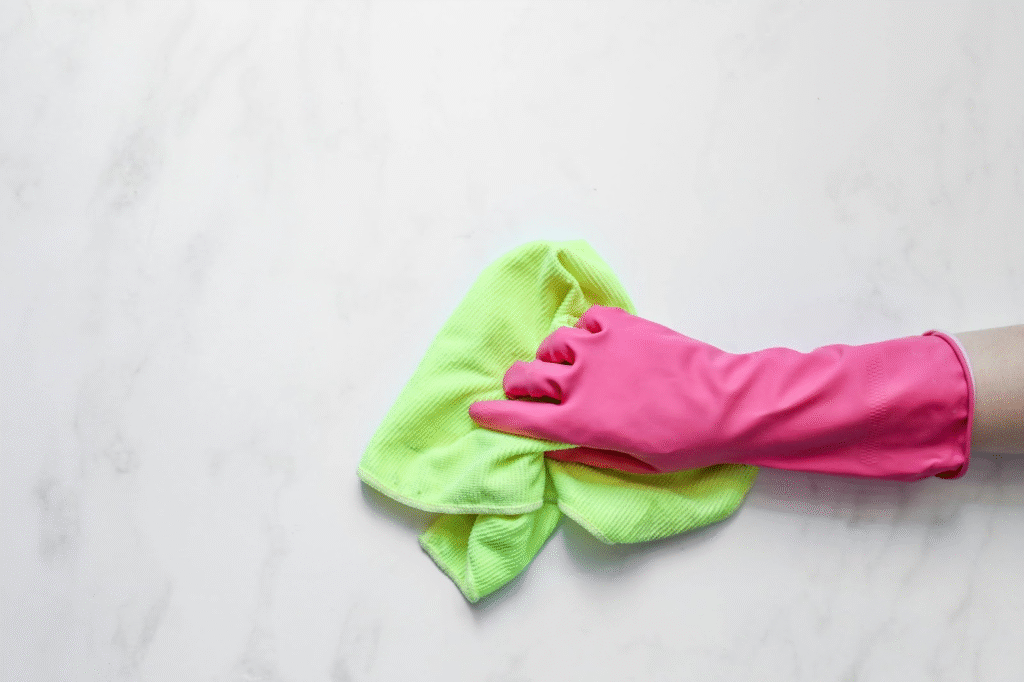You’re curled up on the couch with your dog, binge-watching your comfort show, when you spot it.
A twitch.
A scratch.
A nibble at the tail.
You pause.
You zoom in.
You scream.
It’s a tick. Or worse, it’s fleas.
Plural.
Jumping.
Everywhere. EVERYWHERE.
At The Good Paws, we believe no dog (or couch) deserves to go through that horror story.
And you deserve the inside scoop on how to keep those creepy crawlers far, far away.
Let’s walk you through the best flea and tick prevention methods: the kind that actually work, and don’t make your pup hate you.
1. The Chewable Champs
These are the Avengers of flea and tick control. One chew, and your dog is protected from the inside out like a superhero suit made of chicken-flavoured science.
What they are: Oral meds like NexGard, Simparica, and Bravecto (aka “the isoxazoline squad”) work from within to kill fleas and ticks when they bite.
How long do they last?
- Bravecto: up to 12 weeks
- NexGard & Simparica: monthly
They are FDA-approved and super effective, but if your dog has a history of seizures or neurological conditions, always check with your vet first.
Bonus: Most dogs love the taste. Yours might even think it’s a treat. (Win-win.)
2. Topical Drops
This one’s for the low-maintenance hoomans. Just part your dog’s fur and squeeze the potion right onto their skin like a mini hair spa with pest-fighting powers.
What it does: Kills fleas and ticks before they start freeloading. Common ingredients include fipronil or permethrin (only for dogs).
Heads up: Frequent baths or rainy walks can make them less effective. Also, don’t panic if you see a tick still crawling. Topicals kill after contact, not before.
3. Collar Control

Your dog wears it. Fleas and ticks don’t dare.
Example: Seresto Collar, a fan favourite that releases flea/tick-fighting ingredients slowly over time.
Lasts: Up to 8 months
Best for: Busy pet parents who want “set it and forget it” protection
PSA: Always choose collars made for your dog’s weight and age, and never share between pets.
Going Natural?
We get it. You’re team coconut oil. Or apple cider vinegar.
And while natural options can support flea control, they don’t replace vet-approved treatments. They’re more like sidekicks.
Use as:
- Short-term repellents (not killers)
- Add-ons, not standalones
- Only after checking with your vet
Fun fact: Studies show fleas don’t care how organic your dog is; they care if your dog’s protected.
The Home Game

Killing fleas on your dog is step one. Step two is evicting them from your home like a bad roommate.
What works:
- Wash bedding regularly
- Vacuum like you mean it (carpets, couches, corners)
- Use pet-safe sprays for indoor & yard treatment
Ticks love tall grass and shady corners. Keep your lawn trimmed and your pup on a leash in wild areas. And always do a tick check after adventures. Trust us. Your dog will love the extra attention.
Wait… Do Dogs Really Need Year-Round Prevention?

Short answer: Yes. Long answer: YES.
Fleas and ticks don’t care about seasons anymore. Thanks to climate change, they’re thriving longer and wider than ever before.
Vets recommend year-round protection, and we second that.
Because prevention is easier than dealing with tapeworms or that one tick you somehow missed.
If your dog could choose, they’d pick chews + cuddles > scratching and sadness every time.
Find what works best for your pup’s lifestyle and sass level, and make it part of your routine.
Whether it’s a chew, a drop, or a stylish collar, the best prevention is the one you actually remember to use.
Just remembered that horrible flea story? Comment below and spread the happiness (erm, terror, we mean terror!).
Got any questions? DM us on Instagram: we speak fluent Bork.
And don’t worry: with us, it’s all good.
About the author: Amritesh Mukherjee is a writer, journalist, editor and companion to the handsomest doggo of the universe, Dusky.












